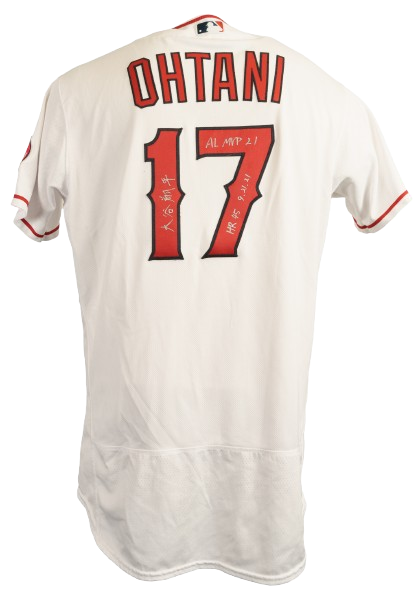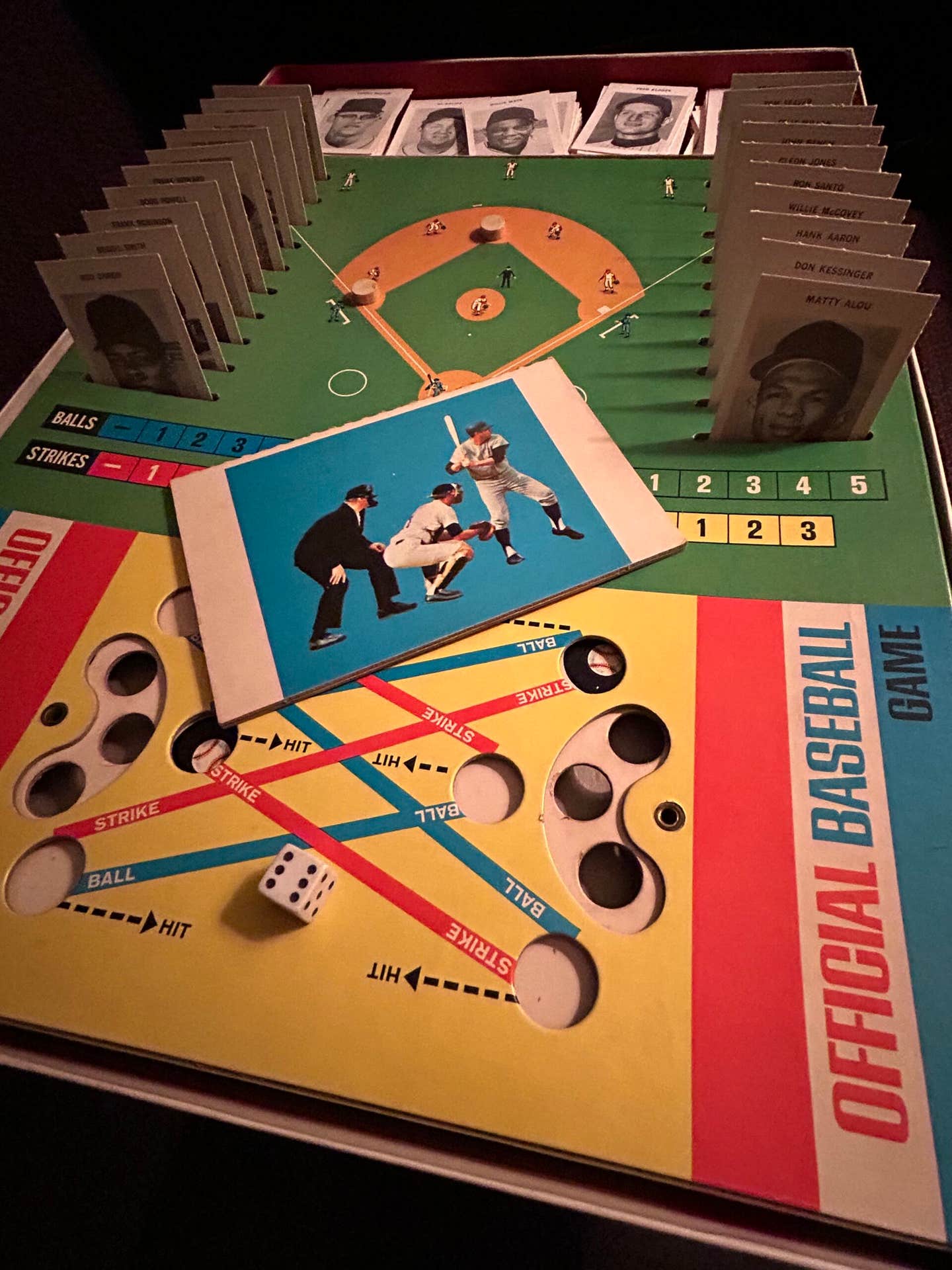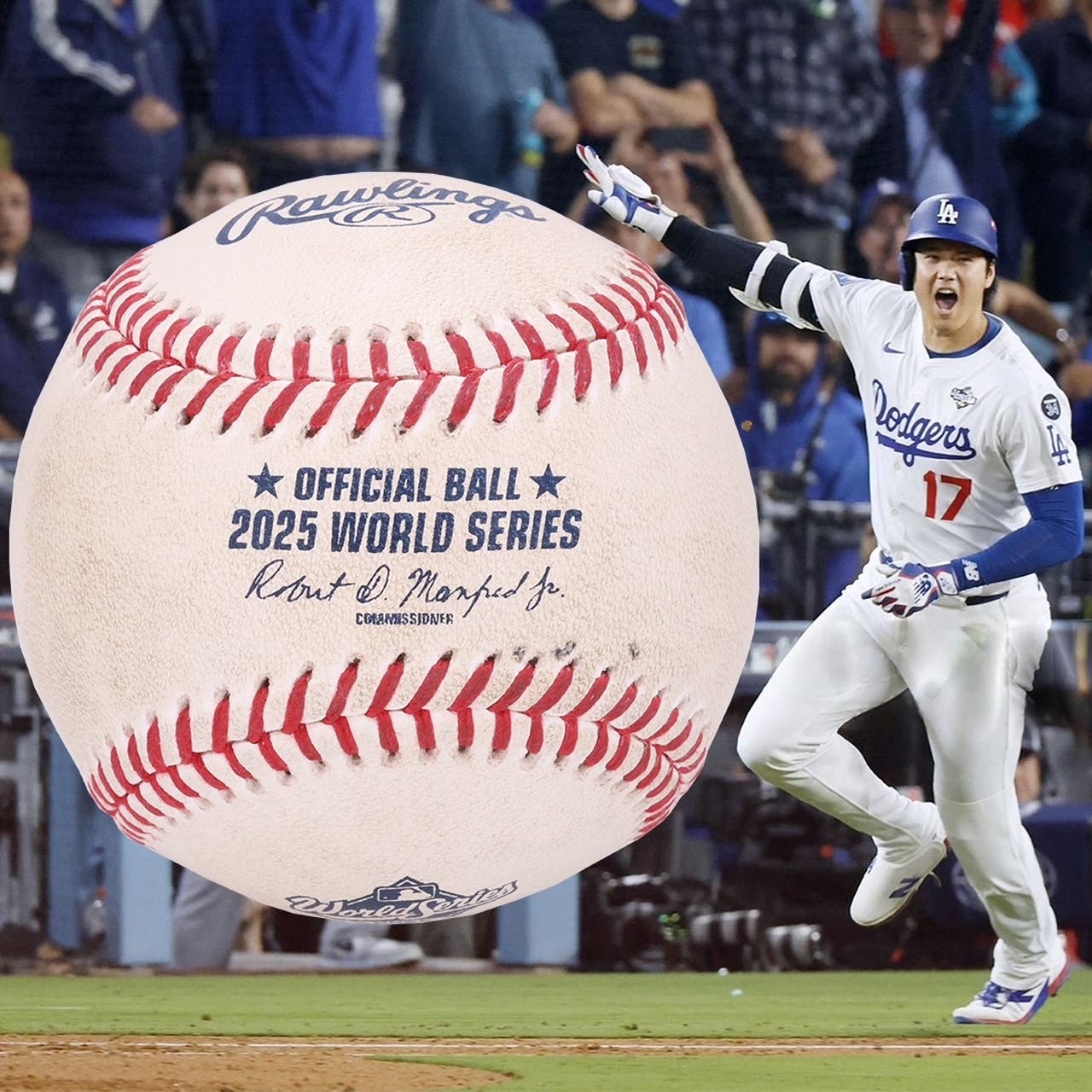Wayne Gretzky
Wayne Gretzky trade to L.A. Kings changed hockey – and collecting – forever
By Sal Barry
Thirty years ago, on Aug. 9, 1988, the biggest trade in sports was made when the Edmonton Oilers sent Wayne Gretzky to the Los Angeles Kings in a multiplayer deal that included draft picks and $15 million. It was the biggest trade in history because it proved that no one was untouchable – not even a superstar player who topped the league in scoring seven of the previous eight seasons, led his team to four championships, won 23 individual awards, held 49 league records and was on the verge of breaking many more. Gretzky’s move to the second-largest market in North America not only accelerated the growth of hockey in the United States, it sparked the eventual explosion in popularity for hockey cards and collectibles.
Great for the game
Sports fans in Los Angeles immediately noticed that hockey’s biggest star was headed their way.
“This was during the heyday of the Lakers, with Magic Johnson and Kareem Abdul-Jabbar winning championships,” said Grant Sandground, director of product development at Upper Deck, and a lifelong resident of L.A. “The Dodgers also won the World Series that year. There was a lot going on, trying to get the attention of the sports pages in the L.A. Times. Gretzky’s trade put hockey right at the forefront for L.A. sports fans.”
Indeed, Gretzky’s move to The City of Angels moved hockey from an afterthought to the hottest ticket in town. Gretzky helped turn the Kings into perennial contenders, and celebrities such as Jack Nicholson, Sylvester Stallone, Tom Hanks, Alan Thicke and John Candy were regularly seen at games.
Hockey’s rise in popularity led to the NHL expanding from 21 to 30 teams during the 1990s, with two more teams – the San Jose Sharks (1991) and the Anaheim Mighty Ducks (1993) -- added to California, as well as teams in other Sun Belt states, such as Florida, Tennessee, Texas and Arizona.
This, in turn, led to a surge in hockey at the amateur ranks. According to USA Hockey, who oversees amateur hockey in the United States, the number of registered players was 195,125 in 1990-91 (the earliest year USA Hockey has stats for). When Gretzky retired at the close of the 1998-99 season, USA Hockey had 421,399 registered players; the number of Americans playing the sport had more than doubled in a nine-year span. Nearly 20 seasons after Gretzky retired, USA Hockey reported 562,145 registered players in 2017-18, with 54,852 – almost 10 percent – hailing from USA Hockey’s Pacific District, which includes California. In the 2018 NHL Draft in June, 52 of the 217 players (24 percent) selected were from the U.S., with four from Sun Belt states. Today, there are 13 active NHL players who were born in California, including 2016 first-overall pick Auston Matthews.
“There’s no question that Gretzky played a major role in hockey’s growth,” said Richard Scott, author of The Wayne Gretzky Collector’s Handbook. “There’s no question that L.A. added to the allure of Gretzky. Would hockey’s popularity have grown the same way had he been traded to Toronto? Perhaps in Canada, but definitely not in the States. Maybe the San Jose and Anaheim teams wouldn’t exist.”
A changing of the cards
One important shift in the sports trading card industry – not just hockey – is how Topps and O-Pee-Chee handled Gretzky’s trade. When a player changed teams, both companies were content to either add a little text to the front stating that the player had been traded. Or, if there was enough time, the card company would doctor the photo, painting the player’s new team colors over his old uniform. Topps even subjected baseball superstar Reggie Jackson to this form of “prehistoric Photoshop” for his 1977 baseball card when he signed with the New York Yankees in the offseason.
But you don’t do that to The Great One. Instead of weakly adding the text “Now with Kings,” or crudely painting over the photo of hockey’s greatest player, both Topps and O-Pee-Chee did something that was unheard of at the time; they hurried to get an updated photo of Gretzky with the Kings.
“When Bobby Orr signed with the Blackhawks in 1976, there wasn’t a hockey card photographer getting a photo of Orr in his new uniform,” Scott said. “But the card companies knew that the Gretzky trade would affect their sales in the 1988-89 season. They had to get a Kings’ photo.”
Topps, which usually released its set soon after the start of the hockey season, used a photo of Gretzky holding up the newly-redesigned Kings jersey at the Aug. 9, 1988 press conference in L.A. O-Pee-Chee, who put out their set a few months later, got an on-ice, posed photo of Gretzky in full Kings uniform. O-Pee-Chee also used a press conference photo of Gretzky in its mini-sized “Leaders” set.
This had a ripple effect with the other trading card companies. The next season, Score used a studio headshot of rookie Barry Sanders for his 1989 football card, while Hoops used a press conference photo of David Robinson for his 1989-90 basketball card. Soon, companies would use a photo of a rookie from the recent draft so as to include him in an upcoming set. While this had more to do with the card companies trying to outdo their competition, Gretzky’s cards from the prior season set the precedent for this practice.
The perfect storm
Moreover, Gretzky’s relocation led to an explosion in popularity of hockey cards.
“Prior to that point in time, it was an industry fueled almost exclusively by baseball,” said Sandground, who sold sports cards at shows in L.A. during the late 1980s. “And right around 1988 is where you saw massive spikes of interest in football, basketball and hockey cards.”
“It was a perfect storm of several things happening at the time,” Scott said. “You had the sports card boom of the late 1980s, then Gretzky goes to a major market.”
Truly, it was the perfect storm. The baseball card market was nearly saturated with speculators, who turned their attention to other sports, including hockey. Gretzky was then traded to L.A., raising the hockey’s profile. Then, after the end of the 1989-90 season, Topps and O-Pee-Chee no longer had the co-exclusive license for NHL trading cards. The NHL and NHL Players Association decided to also grant licenses to Pro Set, Score and Upper Deck, who all banked on Gretzky’s popularity.
Sales for hockey cards exploded during the 1990-91 and 1991-92 seasons. The hockey trading card market had grown from a $1 million business to one that was bringing in $16 million in revenue for the NHL and NHLPA. The Players Association’s cut was $11 million. To put that in perspective, the NHL made only $5.5 million for its national TV broadcast rights in the U.S. for the 1991-92 season, so the league wanted a bigger piece of the hockey card revenue.
Naturally, the players did not want to give up any of their share, and also wanted greater control of their likeness rights for items such as posters, video games and trading cards. This disagreement led to a 10-day player strike in the spring of 1992. Ultimately, players got to keep their share of the revenue while also getting greater control over their likenesses.
The hockey card market continued to grow, with dozens of sets coming out each year in the mid-to-late 1990s. Currently, only Upper Deck makes licensed NHL trading cards. Coincidentally, Upper Deck signed Gretzky as a spokesperson when the company launched its inaugural hockey card set in 1990.
Gretzky’s legacy
Gretzky has been out of the game for almost 20 years, yet his cards and memorabilia remain strong sellers. His 1979-80 Topps and O-Pee-Chee rookie cards are frequently submitted for grading, and he still regularly appears in hockey card sets issued today. Gretzky continues to sign memorabilia and cards sold exclusively through Upper Deck Authenticated. His game-worn jerseys, particularly those from his time with the Oilers, can sell in auctions for anywhere between $40,000 and $175,000 – with one even topping $295,000.
Why does a long-retired athlete continue to be so popular?
“There are players like Muhammed Ali or Babe Ruth, that the younger generations have never seen perform as an athlete,” Sandground said, “and yet, their names resonate because they come to define the culture of the time they lived. Gretzky defined a time, especially in Canada, in the 1980s and 1990s, and is an important figure in culture.”
Yet, none of this would have been possible had Gretzky stayed in Edmonton, was traded to another Canadian team, or traded to a small-market U.S. team.
“When you look at Gretzky – whether he was or wasn’t the greatest player of all time – he is definitely the most influential player in hockey collecting and the hockey memorabilia business,” Scott said. “You can argue if Bobby Orr or Wayne Gretzky was the better player, but you can’t argue about who was the most influential person in the hockey memorabilia marketplace. No question, it’s Wayne Gretzky. And his trade in 1988 played a big part in the legend that he became.”
Sal Barry is a freelance writer for Sports Collectors Digest. He can be reached at sjb@puckjunk.com or on Twitter @puckjunk.








